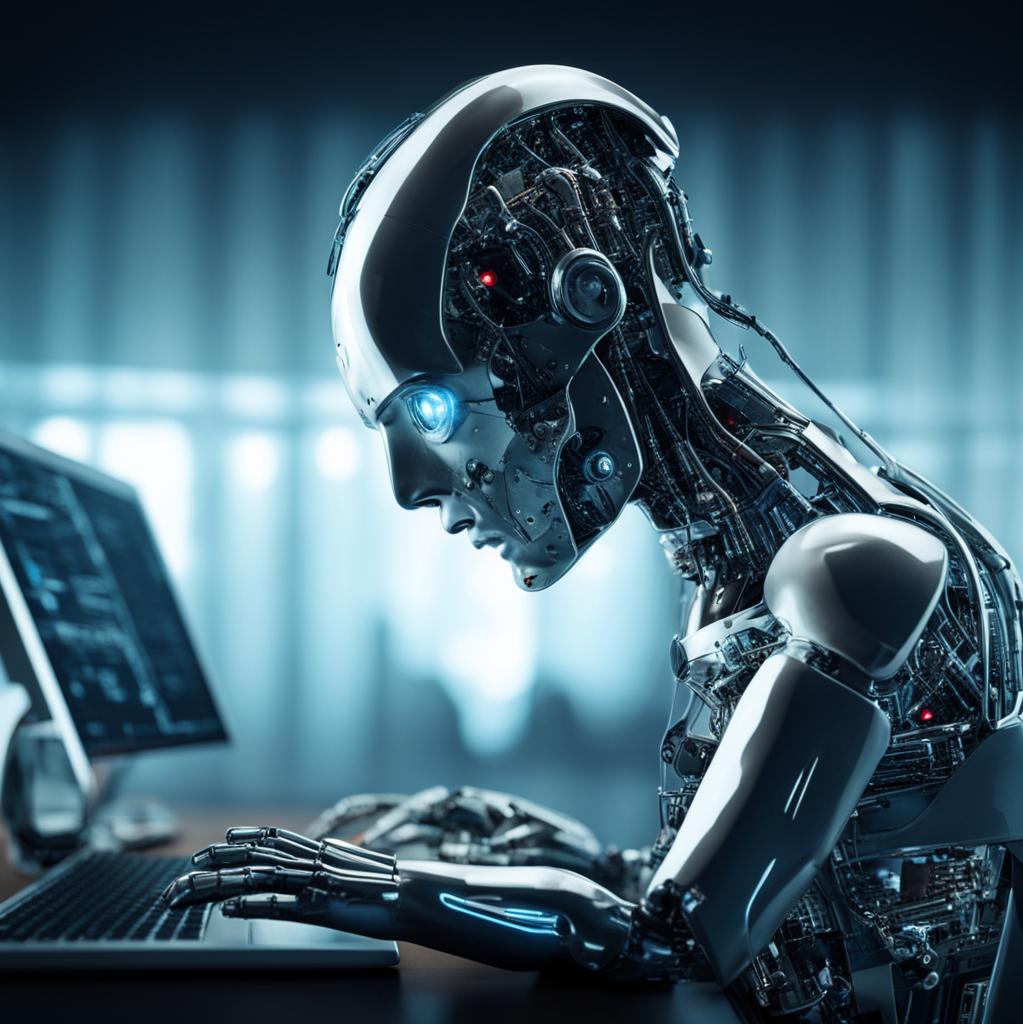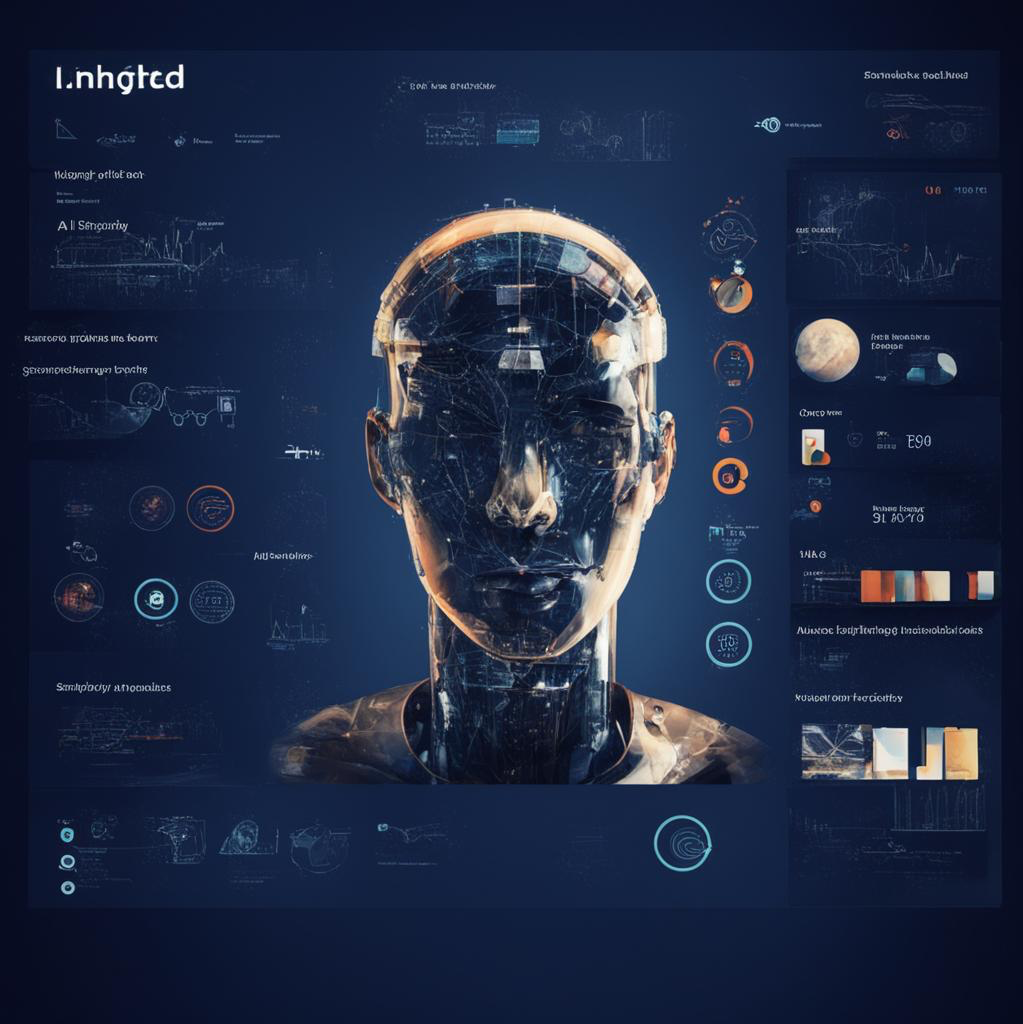
Welcome to the future of theme park entertainment! Gone are the days of simply riding roller coasters and taking selfies with costumed characters. Today, advancements in technology have opened up a whole new world of possibilities for creating immersive and interactive experiences that take theme park attractions to astonishing new heights. And at the forefront of this revolution is Artificial Intelligence (AI).
Imagine walking into a theme park where your every move is anticipated, where attractions respond to your emotions, and where personalized recommendations enhance your experience at every turn. AI has made all this and more possible, transforming traditional theme park visits into unforgettable adventures that blur the lines between imagination and reality.
We will explore how AI is reshaping the landscape of theme parks around the globe. From cutting-edge attractions that seamlessly integrate AI technology to the challenges faced in implementing such innovations, we’ll delve into it all. So buckle up as we embark on an exhilarating journey through the thrilling world of AI-powered theme park attractions!
Examples of AI-Integrated Attractions
AI-integrated attractions have revolutionized the theme park industry, offering visitors a whole new level of immersive and interactive experiences. Let’s explore some remarkable examples where AI technology takes center stage.
One such attraction is Disney’s Magic Kingdom in Florida, which introduced the “Enchanted Tales with Belle” experience. Here, guests can interact with an animatronic version of Belle from Beauty and the Beast. Using AI algorithms, this character can recognize and respond to individual guests’ questions and comments in real-time.
Universal Studios has also embraced AI integration with its popular Harry Potter-themed rides. The Forbidden Journey ride utilizes machine learning to adapt to each rider’s movements and reactions, creating a unique experience for every guest. This dynamic interaction adds an extra layer of excitement as riders feel fully immersed in the wizarding world.
Cedar Point amusement park in Ohio is another example where AI technology enhances attractions. Their Steel Vengeance roller coaster uses predictive analytics to optimize ride operations by adjusting speeds based on factors like weather conditions or passenger weight distribution. This ensures a smoother and more enjoyable ride for all thrill-seekers.
Six Flags Discovery Kingdom features an innovative dolphin show that incorporates AI into its performance. Through computer vision systems, trainers can communicate with dolphins underwater using gestures while receiving real-time feedback from artificial intelligence algorithms analyzing the dolphins’ behavior patterns.
These examples demonstrate how AI integration brings theme park attractions to life through personalized interactions, adaptive experiences, operational optimization, and even animal-human communication. As technology continues to evolve rapidly, we can only expect more incredible advancements in this field.

Benefits of Using AI in Theme Parks
One of the major benefits of using AI in theme parks is the enhanced guest experience it provides. With AI integration, attractions can offer personalized and interactive experiences that cater to each individual visitor. Imagine walking into a park where every ride knows your preferences and adapts accordingly – now that’s impressive!
AI also helps streamline operations within theme parks. From crowd management to ride maintenance, AI algorithms can analyze data and make real-time decisions to optimize efficiency. This not only improves overall park operations but also reduces wait times for guests, ensuring they have more time to enjoy their favorite attractions.
Another advantage of incorporating AI into theme parks is increased safety measures. Advanced computer vision systems can monitor ride movements and detect any potential safety hazards in real-time. This allows operators to take immediate action if necessary, ensuring the well-being of all visitors.
AI-powered chatbots have become increasingly popular in providing customer service at theme parks. These virtual assistants are available 24/7, answering queries and providing information about rides, shows, and other park amenities. They help reduce staff workload while offering quick assistance to visitors.
AI technology enables predictive analytics which can be used for demand forecasting and resource allocation within a theme park setting. By analyzing historical data on visitor trends and behavior patterns, park managers can better plan staffing levels, food inventory management,and even adjust ticket prices based on projected demand.
The benefits of utilizing AI in theme parks are vast: improved guest experiences through personalization; streamlined operations resulting in reduced wait times; enhanced safety measures with real-time monitoring; efficient customer service through chatbots; as well as predictive analytics enabling better planning for resources.
Challenges of Implementing AI in Theme Park Attractions
- Integration Complexity: One of the main challenges faced when implementing AI in theme park attractions is the complexity of integrating AI technologies seamlessly into existing systems. It requires careful planning and coordination, as well as expertise from both technical and creative teams.
- Maintenance and Upkeep: As with any advanced technology, maintaining and updating AI systems can be a challenge. Theme parks need to invest in regular maintenance to ensure that the AI-powered attractions continue to function smoothly without any glitches or malfunctions.
- Data Privacy Concerns: The use of AI involves collecting large amounts of data from visitors for analysis and personalization purposes. This raises concerns about data privacy and security. Theme parks need to have robust measures in place to protect visitor data and gain their trust.
- Training Staff: Implementing AI-driven attractions also requires training staff members on how to operate, maintain, and troubleshoot these systems effectively. Providing comprehensive training programs can be time-consuming and costly for theme park operators.
- Balancing Technology with Human Interaction: While incorporating state-of-the-art technology is exciting, it is crucial not to overlook the importance of human interaction at theme parks. Finding the right balance between automated experiences driven by AI technology and genuine human interactions remains a challenge.
- Cost Considerations: Investing in cutting-edge AI technologies can be expensive for theme parks, especially smaller ones or those facing financial constraints due to unforeseen circumstances like pandemics or economic downturns.
- Technical Limitations: Despite advancements in artificial intelligence, there are still technical limitations that need addressing when implementing them within theme park attractions—ensuring accuracy, responsiveness speed among other things pose unique challenges.
By carefully navigating these challenges associated with implementing AI technologies, however; theme park operators can create immersive experiences that enhance guest enjoyment while keeping an eye towards future possibilities!
Future Possibilities for AI in Theme Parks
The integration of artificial intelligence (AI) in theme park attractions has already started to transform the guest experience, but what does the future hold? The possibilities for AI in theme parks are vast and exciting.
We can expect even more personalized experiences. Imagine walking into a theme park where AI knows your preferences and customizes every aspect of your visit. From ride suggestions based on your favorite movies to personalized food recommendations, AI could create a truly tailor-made experience.
AI could revolutionize queue management systems. Waiting in line is often an unavoidable part of visiting a popular attraction. However, with advanced AI algorithms analyzing crowd data and predicting wait times, guests can be directed to less crowded areas or given accurate estimates so they can plan their time efficiently.
Another potential application for AI lies in virtual reality (VR) attractions. By integrating AI into VR experiences, theme parks could offer dynamic and interactive simulations that respond intelligently to guests’ actions and emotions. This would take immersion to a whole new level, creating unforgettable adventures.
Safety measures at theme parks could be enhanced through the use of AI technology. Intelligent cameras equipped with facial recognition capabilities could monitor crowds for any signs of distress or dangerous behavior. In emergency situations, these systems could alert staff members instantly and even guide guests towards safe exits.
As technology continues to advance rapidly, we may see the emergence of humanoid robots interacting with guests at theme parks. These lifelike machines could provide information about various attractions or lead interactive shows and performances alongside human performers.
These are just a few examples of how AI can shape the future of theme park attractions. As technology progresses further and our understanding of its capabilities expands, there is no limit to what we might witness in years to come.
The Growing Role of AI in Enhancing the Guest Experience at Theme Parks
As we have explored throughout this article, AI is revolutionizing the world of theme park attractions. From interactive characters and personalized recommendations to immersive storytelling and efficient operations, AI has truly become a game-changer for the guest experience.
With AI-integrated attractions such as Universal Studios’ The Amazing Adventures of Spider-Man or Disney’s Pirates of the Caribbean, visitors are being transported into fantastical worlds like never before. These experiences not only captivate audiences but also create lasting memories that keep them coming back for more.
The benefits of using AI in theme parks are abundant. Guests can enjoy shorter wait times, customized experiences tailored to their preferences, and seamless interactions with intelligent virtual characters. This level of personalization and interactivity elevates the overall enjoyment factor while providing a sense of novelty and excitement.
Implementing AI in theme park attractions does come with its fair share of challenges. Ensuring seamless integration between physical environments and digital enhancements requires careful planning and execution. Additionally, there are ethical considerations surrounding data privacy that must be addressed to maintain trust between guests and operators.
It is vital for industry leaders to strike a balance between leveraging cutting-edge technology while preserving the magic inherent in traditional thematic experiences. By embracing ethical considerations surrounding data use and ensuring transparency with guests about how their information is utilized, theme parks can continue delighting audiences while staying on top of technological innovations.

